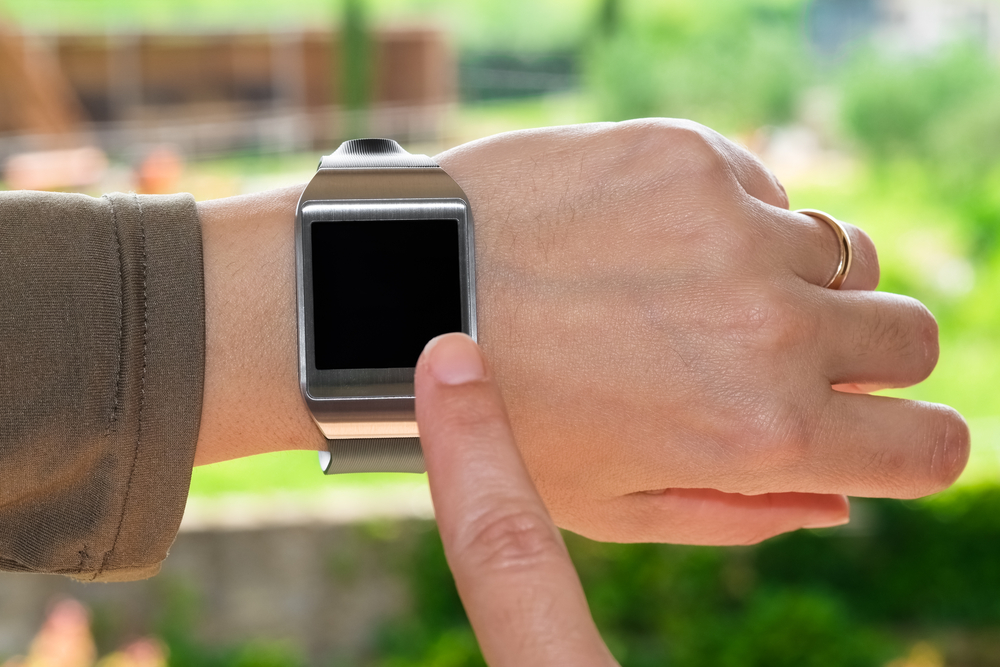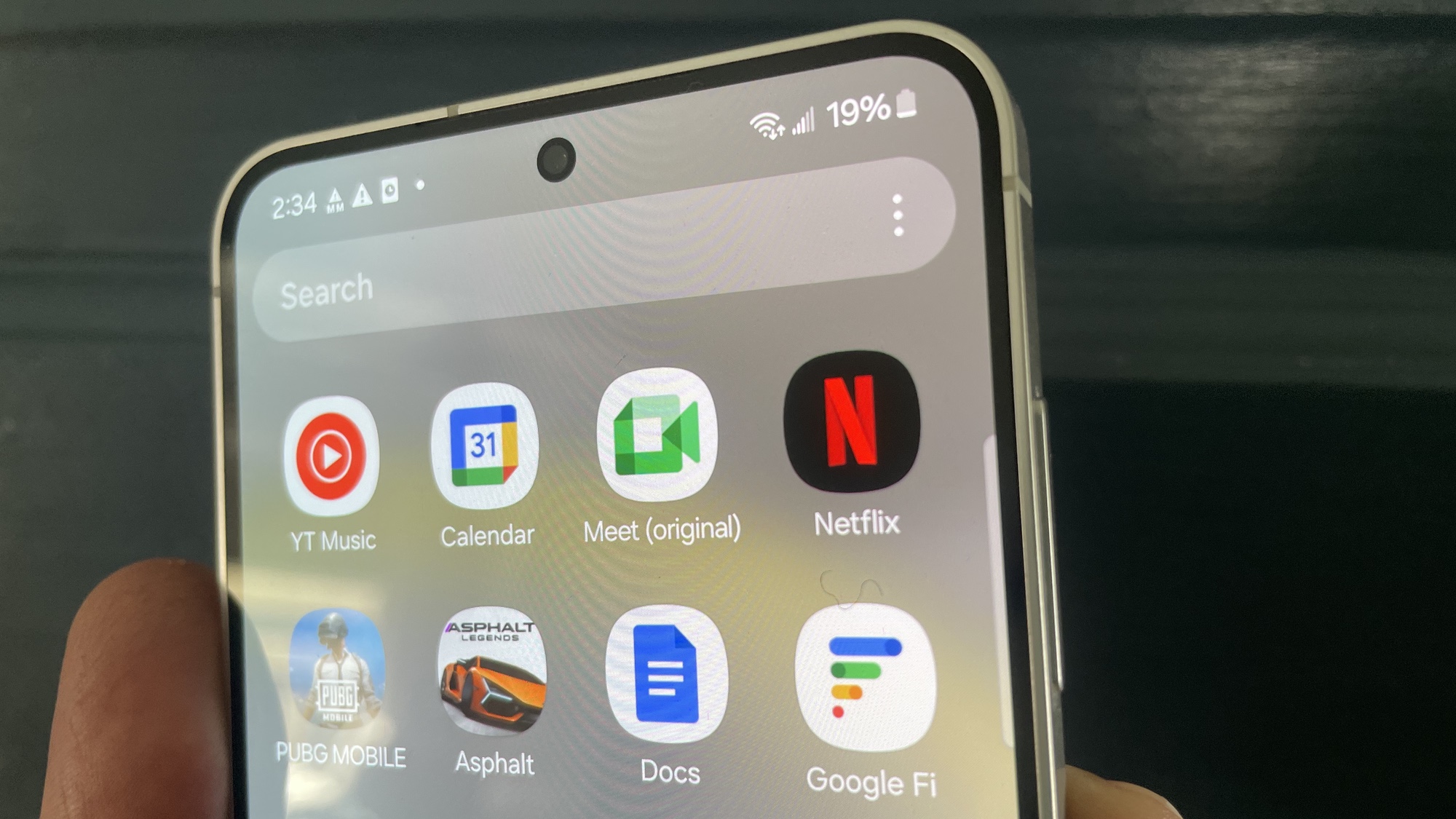Time Has Run Out on Smartwatches: 10 Ways to Revive Them
Here are 10 ways to save this troubled category and make nongeeks want to wear them.
With the news that Google has delayed updating its smartwatch OS until 2017, that Moto won’t be releasing a smartwatch next year and that Pebble is being bought by Fitbit for a pittance and discontinuing all its product lines, it’s time to ask: What went wrong? Weren’t smartwatches supposed to be the next big thing in wearables?

In the third quarter of 2016, smartwatch sales dropped more than 50 percent year over year, according to IDC. While some of this is because Apple and Samsung were slow in getting their respective Apple Watch Series 2 and the Gear S3 products out the door, the fact remains that smartwatches haven’t lived up to their promise.
Here’s what companies need to do to reinvigorate smartwatch sales and make the devices more attractive to more than just early adopters.
LTE in everything
Smartwatches won’t be successful until they’re truly stand-alone devices, and that means putting LTE radios in all of them — or, at least making it an option. "Having a smartwatch that can stand on its own and live separately from a smartphone ... there’s some power in there," said Ramon Llamas, Research Manager, Wearables and Mobile Phones for IDC.
MORE: 25 Cheap Tech Products That Make Life Easier
One of the best features of the Samsung Gear S3 Frontier is the ability to leave your phone at home, and still make and take calls and texts using the same number. Yes, it will cost you extra — $5 to $10 per month, depending on your carrier — but AT&T, Verizon, et. al should also offer more deals bundling smartwatches and smartphones, to make them more attractive to consumers.
More apps, please
If you can’t access the same apps and do the same things on your smartwatch that you can do on your smartphone, then you’ve lost the main reason to have a smartwatch at all. Currently, there are three major players: Apple, Google and Samsung. But as other companies, such as Garmin and Fitbit, start adding more smartwatch-like functionality to their devices, it will become increasingly crucial for them to stay competitive by convincing developers to create apps for their platforms, according to Llamas.
Longer battery life
Despite their makers’ claims, most smartwatches last just one day before running out of juice. That’s too short, and most companies compound the problem by requiring you to use a proprietary wireless charger. If I’m traveling, I don’t want to have to remember to bring yet another plug with me. Ideally, there should be a way for me to plug in or attach my smartwatch to my smartphone, and charge them both at the same time.
MORE: 12 Best iOS Apps You're Not Using (But Should Be)
Always-on display
The best thing about a traditional watch — from a $20 Casio to a $20,000 Rolex — is that you can see the time without flinging your wrist around. More smartwatches, like the Gear S3, have always-on displays, but many, like the Apple Watch, don’t. This should be a mandatory feature. While it’s hard on battery life, it makes smartwatches more useful.
Control everything via voice
You can only do so much on a smartwatch’s small screen, which is why voice control is a necessity. Siri and Google Now already let you do a lot, which is great, but what I’d like to see is integration with Amazon’s Alexa (its CoWatch has this feature), as well as Google Assistant, which is rumored to be in Android Wear 2.0. That way, your smartwatch can become more integrated with your entire home — imagine talking to your watch to turn on your favorite movie on TV, or turn down the lights.
MORE: Google Home vs. Amazon Echo: Smart Speaker Faceoff
Smaller watches
With few exceptions, smartwatches are too big and bulky for many women, as well as for those people with slender wrists. Despite the blandness of its smartwatches, Apple has addressed the issue with two different size watches, and the elegant Pebble Time Round is — was — equally svelte. I know that there are design limitations when it comes to battery life, but smartwatches shouldn’t exclude half the population.
Android Wear makeover
There’s an update coming in 2017, but Android Wear needs a serious redesign. While I like that it sends you proactive suggestions (such as directions and how long it will take to get to the next appointment on your calendar), there’s still no easy way to view texts, messages and anything else on demand. I’m also looking forward to greater integration with iPhones, too.
No more square watches
Sorry, Apple. Watches should be round. And while we’re at it, Apple needs to rethink its approach to watch design, too. You can go minimalist (like the Swiss Railways watch or a Movado) or make it look insanely complex, like the MB&F Legacy Machine Perpetual. Like many of its laptops, the Apple Watch just looks boring. A watch is as personal a statement as the clothes you wear, and while I’m not the most interesting man in the world, I would like a little more flair. Yes, you can gussy it up with different bands, but it still looks square.
Better fitness features
If I’m going to buy a smartwatch, I don’t want to have to swap it for a fitness tracker every time I go for a run. While Apple, Samsung and Pebble all have made strides toward making their smartwatches more fitness friendly, they still have a long way to go. Mostly, they need to let third parties such as MyFitnessPal and MapMyRun access the GPS and heart rate sensors in the watches. Runkeeper can now use the Apple Watch Series 2’s GPS, but more needs to be done. All smartwatches should let you store music on them, for instance, so you can leave your iPod at home.
MORE: Best Workout Apps for iOS and Android
Keep them cheap
With the price of its second-generation smartwatch starting at around $299, Apple seems to have received the message that consumers don’t want to pay a premium for smartwatches. However, Llamas says that the price should come down even further, to where smartwatches are competing with fitness trackers. This is where Fitbit and Garmin may hold an advantage, as they have more experience building low-cost devices than do dedicated smartwatch makers.
Sign up to get the BEST of Tom's Guide direct to your inbox.
Get instant access to breaking news, the hottest reviews, great deals and helpful tips.

Michael A. Prospero is the U.S. Editor-in-Chief for Tom’s Guide. He oversees all evergreen content and oversees the Homes, Smart Home, and Fitness/Wearables categories for the site. In his spare time, he also tests out the latest drones, electric scooters, and smart home gadgets, such as video doorbells. Before his tenure at Tom's Guide, he was the Reviews Editor for Laptop Magazine, a reporter at Fast Company, the Times of Trenton, and, many eons back, an intern at George magazine. He received his undergraduate degree from Boston College, where he worked on the campus newspaper The Heights, and then attended the Columbia University school of Journalism. When he’s not testing out the latest running watch, electric scooter, or skiing or training for a marathon, he’s probably using the latest sous vide machine, smoker, or pizza oven, to the delight — or chagrin — of his family.
